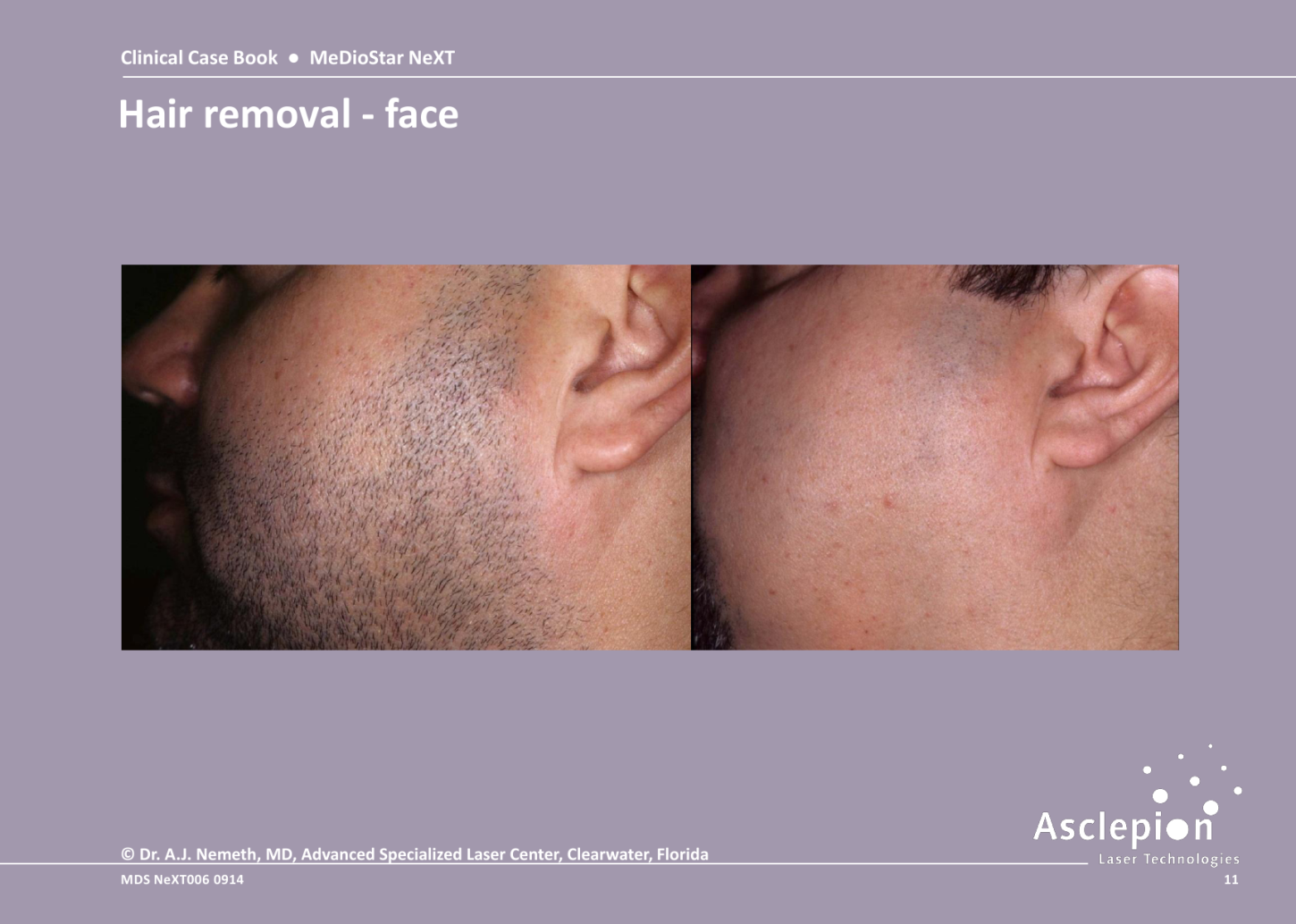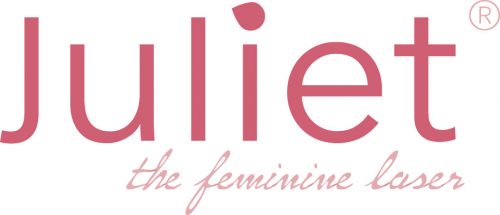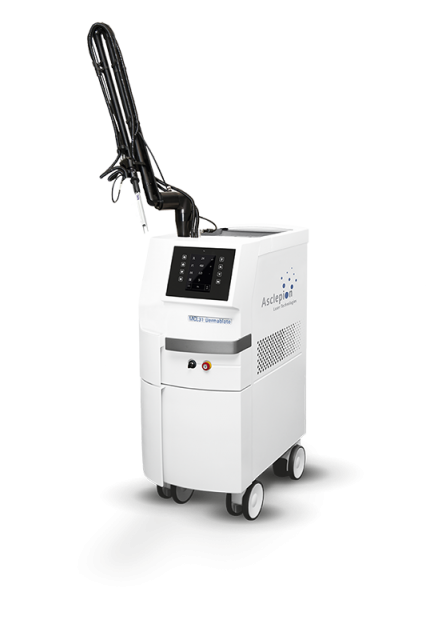
Time affects femininity
Different ages of a woman’s life are accompanied by different experiences with regard to her intimacy and her sexuality, and are unavoidably associated with a variety of vaginal conditions. These may strongly affect the quality of life of a woman, both physically, psychologically as well as sexually. Childbirth (especially natural) and menopause are just two examples of events that cause a change in the intimate area and vaginal environment, each of them accompanied by different disorders.
Many women who experience unpleasant symptoms such as genital itching, irritation, poor vaginal lubrication, vaginal dryness and even pain during intercourse (dyspareunia) do not like to talk about these issues, sometimes not even with their gynecologist. They can be ashamed and think that they are the only ones going through these issues. In fact, all of these symptoms are quite common in women of different ages and tend to worsen over time. That means that they are not temporary and they are not going to disappear if not treated.
Vaginal Relaxation Syndrome (VRS)
A quite common condition usually associated with vaginal child birth as well as with natural ageing is Vaginal Relaxation Syndrome (VRS), a condition described as a loss of the optimum vaginal structure. Pregnancies and births contribute to a worsening of VRS condition, as does the onset of menopause, which causes a decline in hormone levels and vaginal atrophy. Most women (and their partners) refer to vaginal relaxation syndrome as “enlarged vagina”, complaining of a loss of vaginal tightness, which is directly related to the reduction in friction during intercourse and thus to a decrease or loss of sexual gratification.
Stress urinary incontinence (SUI)
Stress urinary incontinence (SUI) is also a quite widespread disease prevalent in women after their first birth (between 24 and 29 % of women suffering from this condition). It is a form of urinary incontinence caused by a loss of support of the urethra, which is usually a consequence of damage to pelvic support structures as a result of childbirth. Similarly, frequent exercise in high-impact activities can cause athletic incontinence to develop. In both cases, it is characterized by the leaking of small amounts of urine during activities which increase abdominal pressure such as coughing, sneezing and lifting weights.
Women with stress urinary incontinence have an altered connective tissue metabolism, which causes decreased collagen production and which may result in insufficient support of the urogenital tract.
Vaginal Atrophy
Finally, there are a number of symptoms experienced by women undergoing menopause (normally between 45 and 55 years of age), including vaginal dryness, itching, painful intercourse, poor lubrication, decreased libido and poor vaginal muscle elasticity and tone. This condition is also described as vaginal atrophy and it follows a reduction in the production of estrogen by the ovaries. It involves the gradual thinning of genital epithelial tissues, vaginal and vulvar mucosa, which reduces thickness and becomes more fragile, irritable and sensitive to trauma.
Most physical and mental changes occurring during menopause can impact the quality of sexual life in a relationship.
Mini-invasive treatment options
Until recently, all these conditions were considered to be a consequence of the inevitable ageing process of the woman, and treatment was undergone only in very rare cases where serious medical conditions were recognized (e.g. prolapse). The traditional surgical or pharmacological responses represent a very invasive solution to these problems, with a high risk of side effects including wound disruption, dyspareunia, postoperative bleeding or fistula formation.
Today, an increasing number of women are becoming aware of the possibility to improve the tone and functionality of that particular area, and consequently their quality of life, with minimally invasive procedures, such as the Juliet treatment by Asclepion.
The Juliet laser treatment is performed using an Erbium:YAG laser and represents a fast, painless and discreet treatment with very low risk of side effects and minimal down-time.
The main mechanism of action of Erbium:YAG technology is to achieve the selective stimulation of the synthesis of sub-mucosal collagen, leading to an improvement of the tissue and a restoration of its original metabolism.











